Introduction
Using clippers for men’s haircuts is a common practice, but it is essential to prioritize safety while handling these tools. Clippers, like any electrical device with sharp blades, can pose certain risks if not used properly. In this article, we will explore specific safety precautions to consider when using clippers, including electrical safety, blade handling, hygiene, and personal protection.
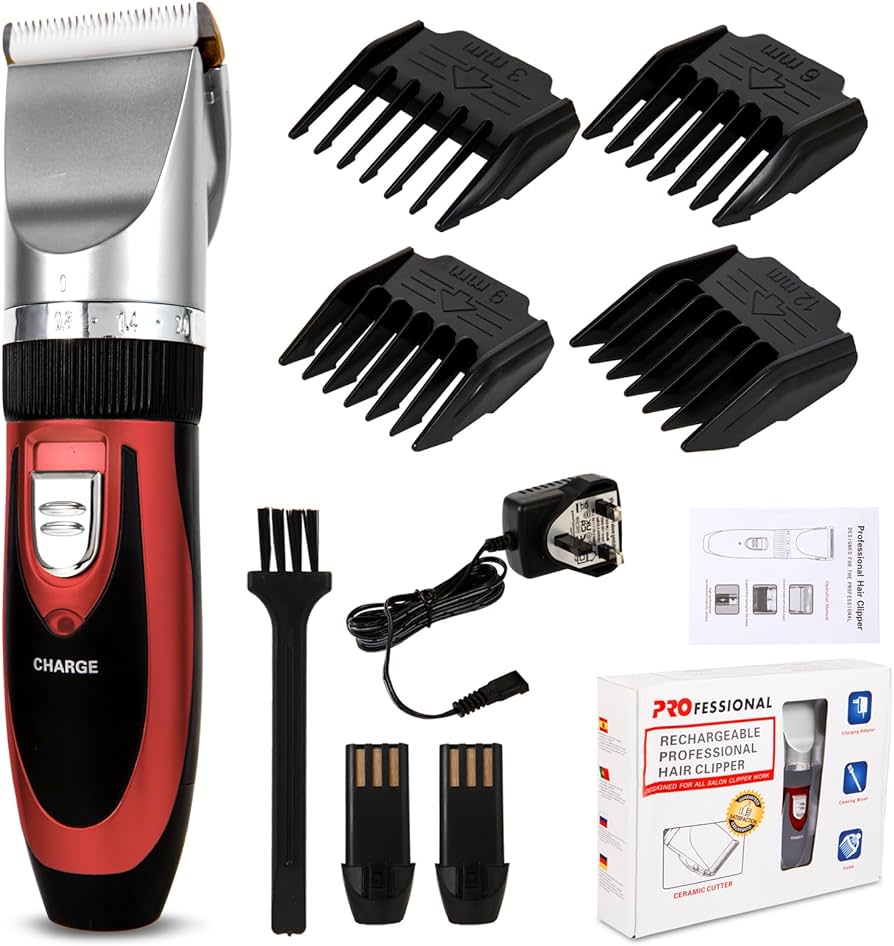
Are there any safety precautions to consider when using clippers?
Electrical safety
Ensuring electrical safety is crucial when using clippers. Taking the following precautions will minimize the risk of accidents:
Suitable power source: Use clippers that are designed for the appropriate voltage and power supply. Check the manufacturer’s specifications to ensure compatibility with the electrical outlets in your region.
Inspect the power cord: Regularly inspect the power cord for any signs of damage, such as fraying or exposed wires. If you notice any damage, discontinue use and have the cord replaced by a qualified professional.
Grounded outlets: Plug the clippers into a properly grounded electrical outlet to prevent electrical shocks or short circuits. Avoid using extension cords or adapters that may compromise the stability of the connection.
Trip hazards: Be mindful of the power cord during use to avoid tripping over it or accidentally pulling the clippers off a surface. Keep the cord away from water or other liquids that could cause an electrical hazard.
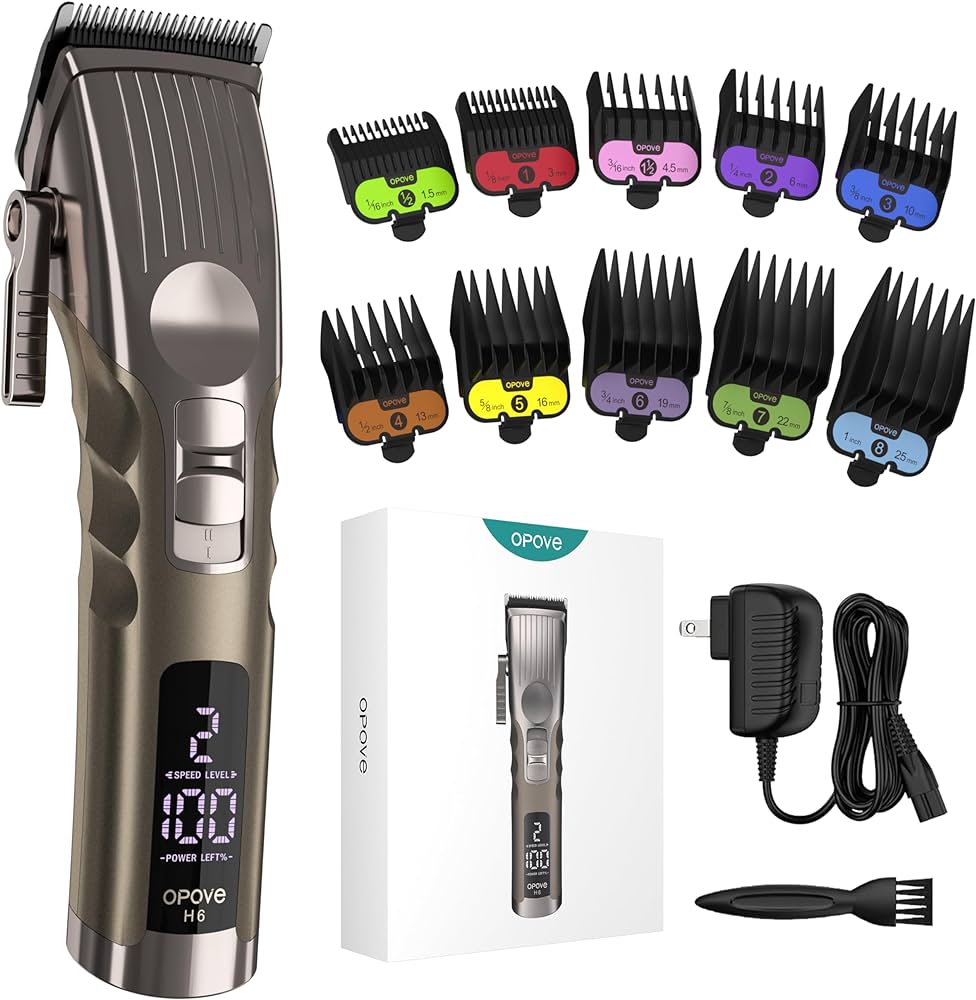
Blade handling and maintenance
Proper handling and maintenance of the clipper blades are essential for safety. Consider the following precautions:
Blade inspection: Before each use, inspect the blades for any signs of damage, such as chips, cracks, or dullness. Damaged or dull blades can lead to uneven cuts or accidental slips. Replace or sharpen the blades as necessary.
Blade installation: Follow the manufacturer’s instructions for installing or changing the blades. Ensure that they are securely attached and properly aligned with the clipper unit. Loose or misaligned blades can cause accidents or uneven cutting.
Blade cleaning: Clean the blades thoroughly after each use to remove hair clippings and debris. Use a small brush or toothbrush to clean between the blades. Some clippers have detachable blades that can be rinsed under water. Ensure that all parts are dried completely before reassembling.
Blade lubrication: Apply a few drops of clipper oil to the blades regularly to reduce friction and prevent rust. Refer to the manufacturer’s instructions for guidance on proper lubrication techniques and frequency.
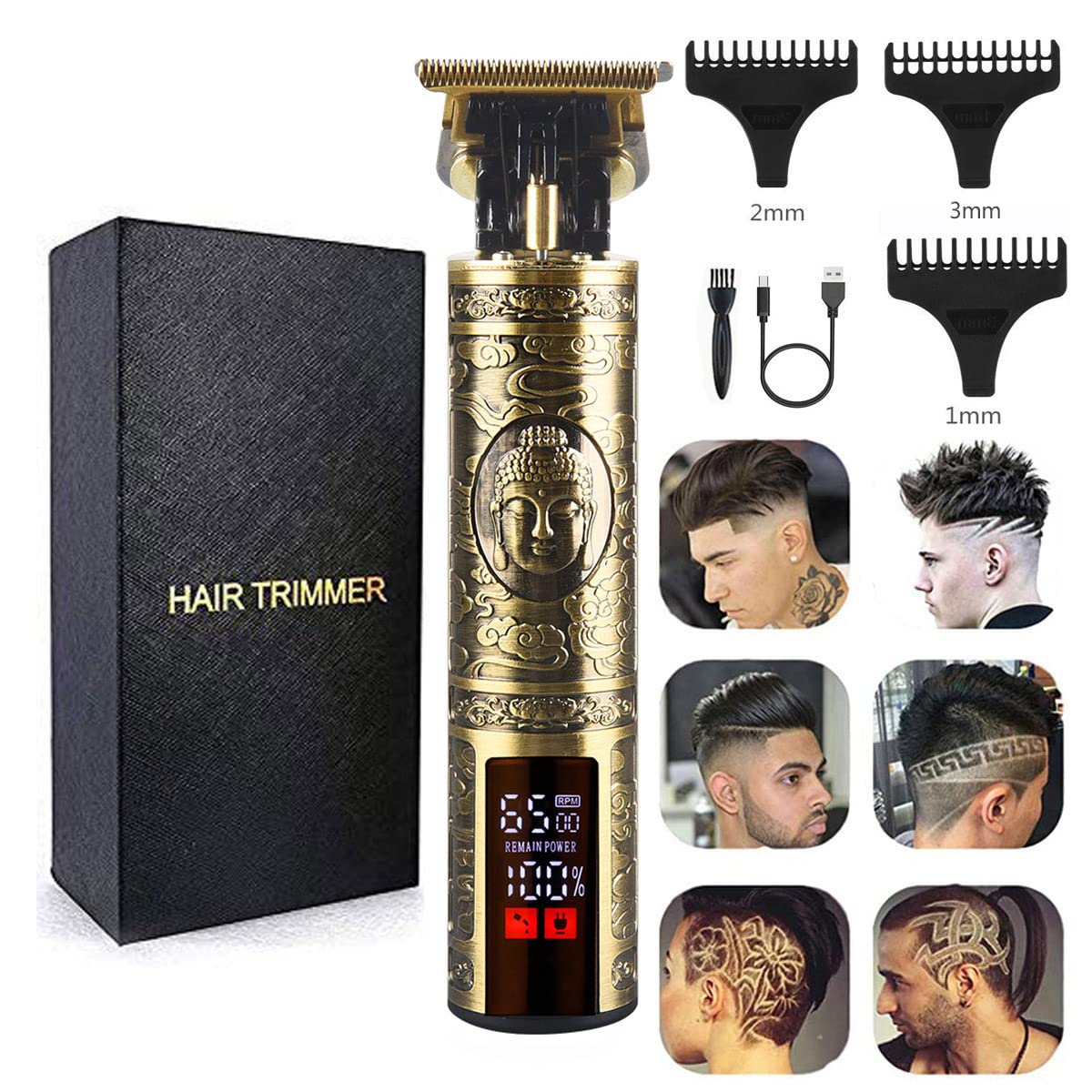
Hygiene and sanitation
Maintaining good hygiene and sanitation practices is important when using clippers, especially when working on different clients. Consider the following precautions:
Disinfecting blades: Between clients, thoroughly disinfect the clipper blades to prevent the spread of bacteria, fungi, or viruses. Use a clipper blade disinfectant or a mixture of warm water and an appropriate disinfectant solution. Follow the instructions provided by the manufacturer for the recommended disinfection process.
Hand hygiene: Prioritize proper hand hygiene by washing your hands thoroughly with soap and water before and after each haircut. Alternatively, use hand sanitizers that contain at least 60% alcohol to minimize the risk of contamination.
Clean work surface: Maintain a clean and sanitized work surface to prevent cross-contamination. Wipe down the area with a disinfectant before and after each client, paying attention to any surfaces that come into contact with the clippers.
Disposable materials: Use disposable materials whenever possible, such as disposable neck strips or single-use combs. If reusable materials are used, ensure they are properly cleaned and sanitized between clients.
Personal protection
Protecting yourself and your clients is essential during the haircutting process. Consider the following precautions:
Eye protection: Wear safety glasses or goggles to protect your eyes from loose hair clippings or any accidental debris that may be ejected from the clippers.
Apron or smock: Wear a protective apron or a smock to prevent loose hair clippings from coming into contact with your clothes or the client’s clothes. This helps maintain cleanliness and hygiene during the haircut.
Gloves: Consider wearing disposable gloves when handling the clippers, particularly when working on clients with skin conditions or during the disinfection process. Gloves provide an additional barrier against potential infections or irritations.
Client protection: Use a cape or a protective cloth to cover the client’s shoulders and protect their skin and clothing from hair clippings. Ensure that the cape or cloth is properly secured to prevent it from interfering with the clippers or causing discomfort to the client.
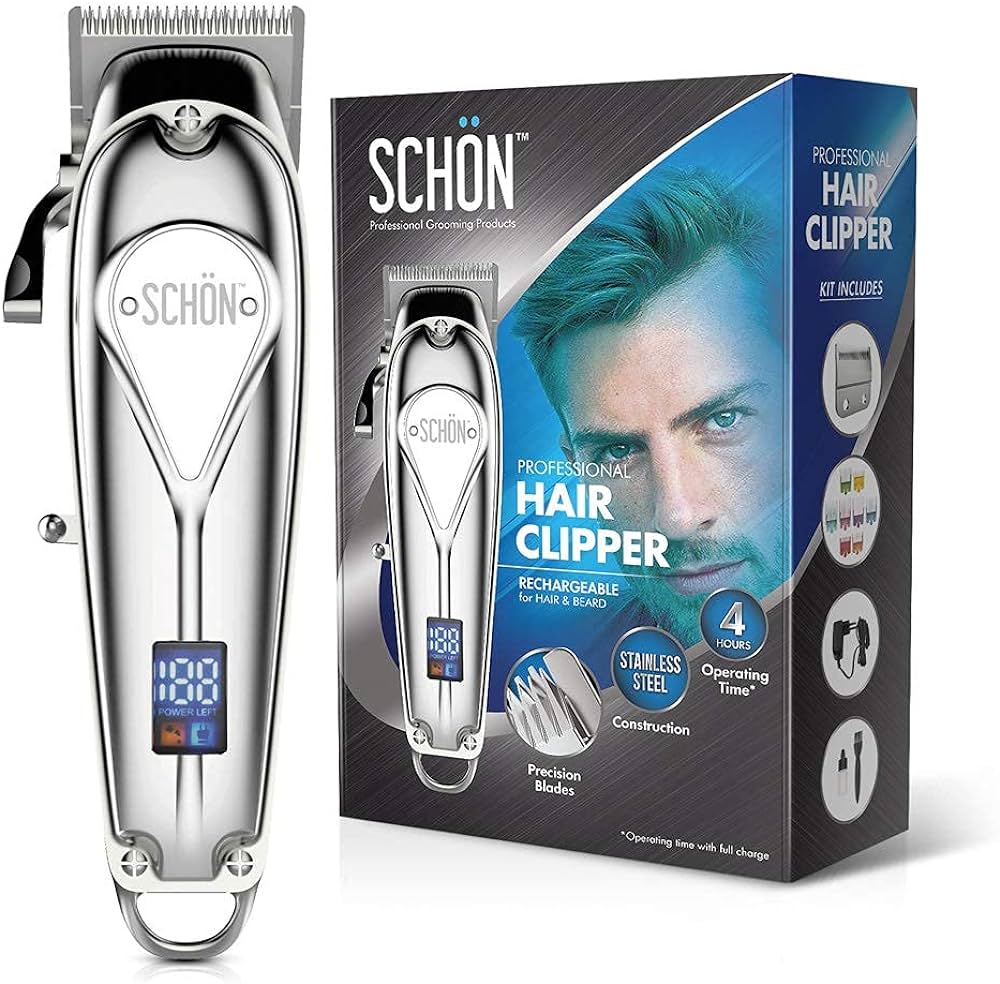
Emergency preparedness
Being prepared for emergencies can help mitigate potential risks. Consider the following precautions:
First aid kit: Keep a well-stocked first aid kit nearby in case of accidents or minor injuries. The kit should include basic items such as bandages, antiseptic wipes, and adhesive tape.
Emergency contacts: Have access to emergency contact information, including local medical facilities or poison control centers, in case of more serious accidents or injuries.
Safety guidelines: Familiarize yourself with safety guidelines provided by the clipper manufacturer. These guidelines may contain additional precautions or instructions specific to your clippers.
Ongoing education and training
Continuing education and training in the field of hair cutting and clipper usage can enhance safety practices and ensure up-to-date knowledge. Consider the following:
Stay updated: Keep yourself informed about new techniques, best practices, and safety guidelines related to using clippers. Attend workshops, seminars, or online courses to expand your knowledge and stay current in the field.
Certification programs: Consider pursuing certification programs offered by reputable organizations or professional associations. These programs often include safety training and can provide you with a recognized credential.
Peer collaboration: Engage with other professionals in the industry to exchange ideas, share experiences, and learn from each other. Participate in forums or networking events where you can discuss safety practices and gain insights from fellow professionals.
Manufacturer resources: Utilize resources provided by clipper manufacturers, such as instructional videos or user manuals. These resources often include valuable safety tips and specific instructions for using their products.
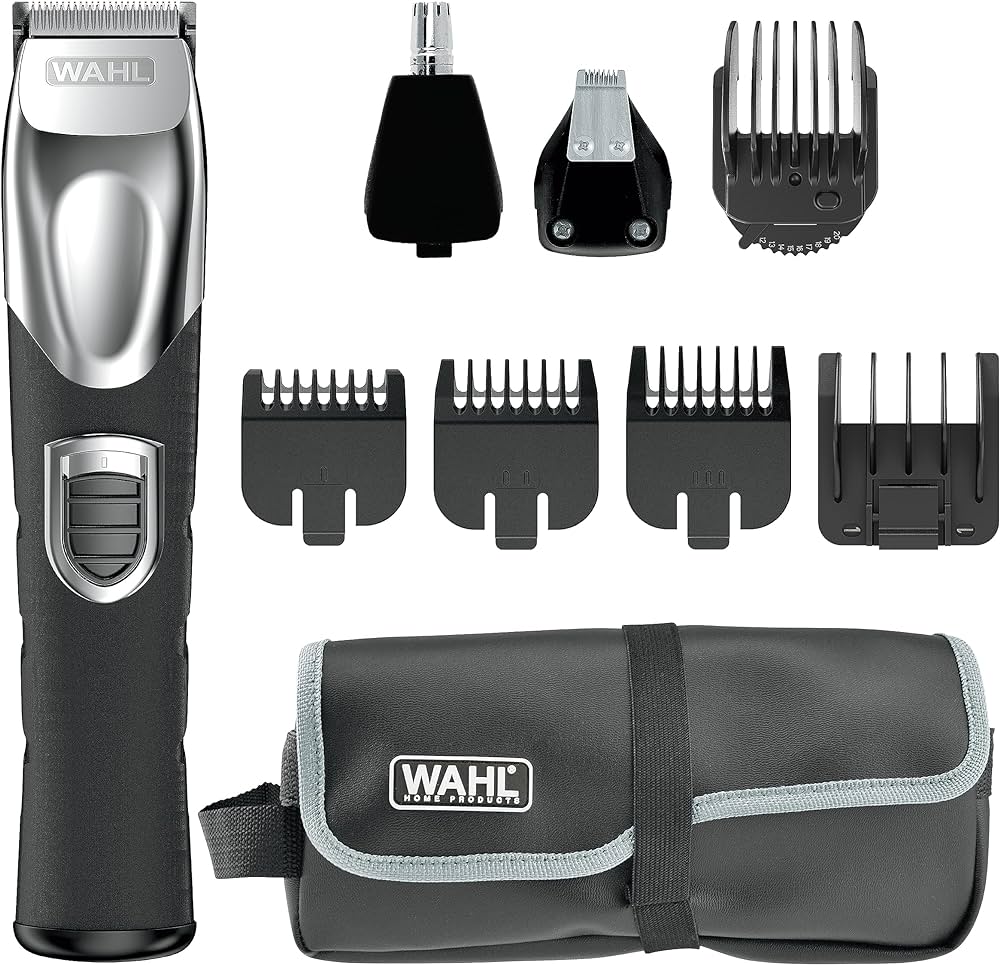
Conclusion
When using clippers for men’s haircuts, prioritizing safety is of utmost importance. By adhering to specific precautions related to electrical safety, blade handling, hygiene and sanitation, personal protection, and emergency preparedness, you can minimize the risks associated with clipper use. Regularly inspect and maintain the clippers, handle the blades with care, follow proper hygiene practices, and take measures to protect yourself and your clients. By incorporating these safety precautions into your routine, you can create a safer and more secure environment while achieving professional and well-groomed haircuts.
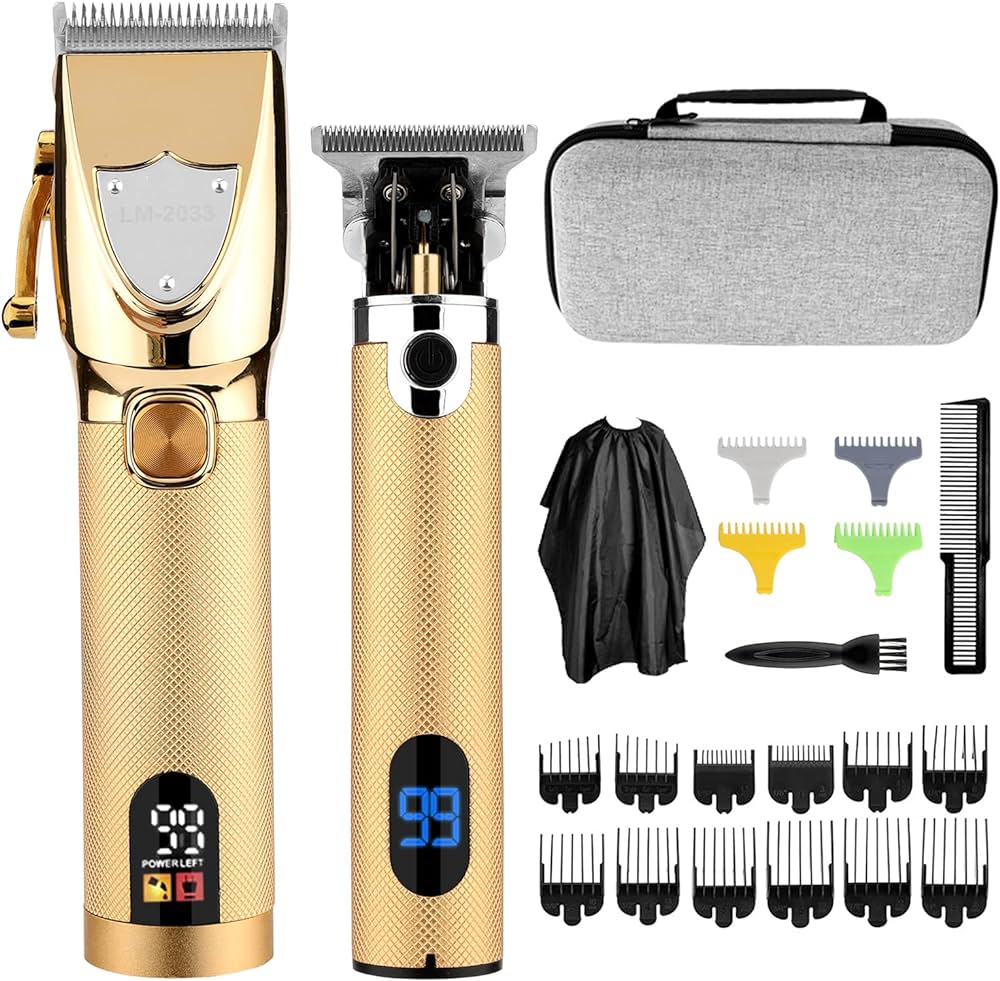
Leave a Reply